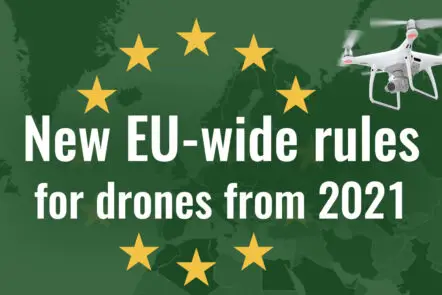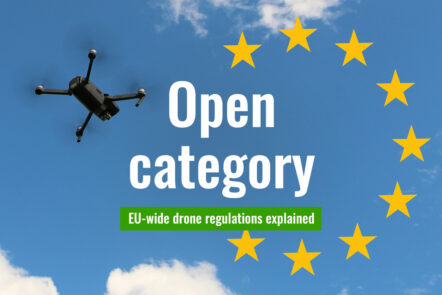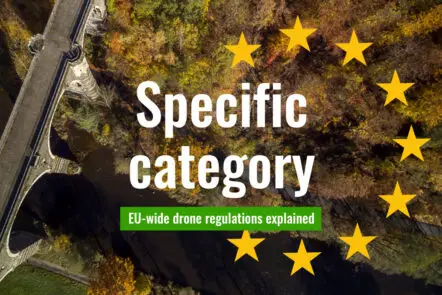Drone Laws in Trinidad and Tobago
Last update on 11.04.2020 | 1 Kommentare

In this post, you will find the legislation for the use of drones in Trinidad and Tobago.
In Trinidad and Tobago, drones are divided into five categories:
- Category 1 UA: maximum take-off weight up to 750 grams.
- Category 2 UA: take-off weight of more than 750 grams and less than 20 kilograms and a maximum speed of 40 m / s.
- Category 3 UA: take-off weight of more than 750 grams and less than 20 kilograms and a speed of more than 40 m / s.
- Category 4 UA: From a weight of 20 kilograms and less than 100 kilograms.
- Category 5 UA: All other unmanned aerial vehicles that do not fall into the four categories above.
Regardless of weight and purpose, all drones must be registered with the Civil Aviation Authority (CAA). The only exception is made if you use a category 1 UA multicopter for recreational purposes.
Otherwise, fill in the registration forms and pay a processing fee. You will then receive a Certificate of Registration that you should always carry with you during drone flights.
The current law allows for the recognition of registrations from other countries. Unfortunately, I have no experience with what this recognition looks like in practice.
In addition to the registration, you must also apply for an operator’s license, which refers to one of the above categories. Private users can only avoid this requirement if they fly in a registered drone club, under the supervision of a qualified pilot or fly only on private land with the owner’s consent.
Drones in Trinidad and Tobago must have a registration badge and be marked with the nationality.
Overview: Drone rules in T
Drone labels can be ordered here
Further rules for drone pilots in Trinidad and Tobago
For Category 1 drones, the maximum altitude is limited to 30 meters (100 feet). In all other categories, the copter may climb up to 120 feet (400 feet).
Drones must always be within the direct visual line of sight.
Depending on the category, the following safety distances apply:
| Category 1 UA | Other categories | |
| Distance to the outer border of airports | 2 km | 5 km |
| Helipads | 1 km | 2 km |
| Restricted Fly Zones | 1 km | 1 km |
You are only allowed to fly over other persons if they have explicitly agreed.
For flights on public grounds, you will need prior written approval from the relevant authority. No-Fly Zones for Trinidad and Tobago are marked on this map.
In Trinidad and Tobago only commercial drone pilots are required to have liability insurance for drones. However, we recommend that every pilot has one.
Commercial drone use
Commercial operators require an Unmanned Aircraft Operator Certificate for their work. This certificate can be issued from the age of 18 years. As far as I know, no training certificate is required to obtain the license from the CAA. However, to my understanding, only residents of Trinidad and Tobago can receive the Unmanned Aircraft Operator Certificate.
If you manage to obtain a permit, you will need to log your drone flights in a logbook.
We have researched the listed drone regulations for Trinidad and Tobago to the best of our knowledge. We cannot guarantee the correctness of the information. If you want to be on the safe side, contact the competent aviation authority. Alternatively, you can also ask the embassy in your country for further information about the regulations. Please leave us a comment when you receive news and/or gain experience with your copter in Trinidad and Tobago!
 EU-wide drone regulations: Classes of drones explained
EU-wide drone regulations: Classes of drones explained
 New EU-wide rules for drones from 2021
New EU-wide rules for drones from 2021
 EU-wide drone regulations: The Open category explained
EU-wide drone regulations: The Open category explained
 EU-wide drone regulations: The Specific category explained
EU-wide drone regulations: The Specific category explained
Hi drone traveler
I’m going on vacation to Tobago this year for two weeks. I’ve been in touch with the TTCAA and got approval from them to fly my drone. My question is the custom and excise on arrival at Robinson international airport do I need to declare my DJI mini 2? What do I need to know. Any advice will help.
Kind regards Martin